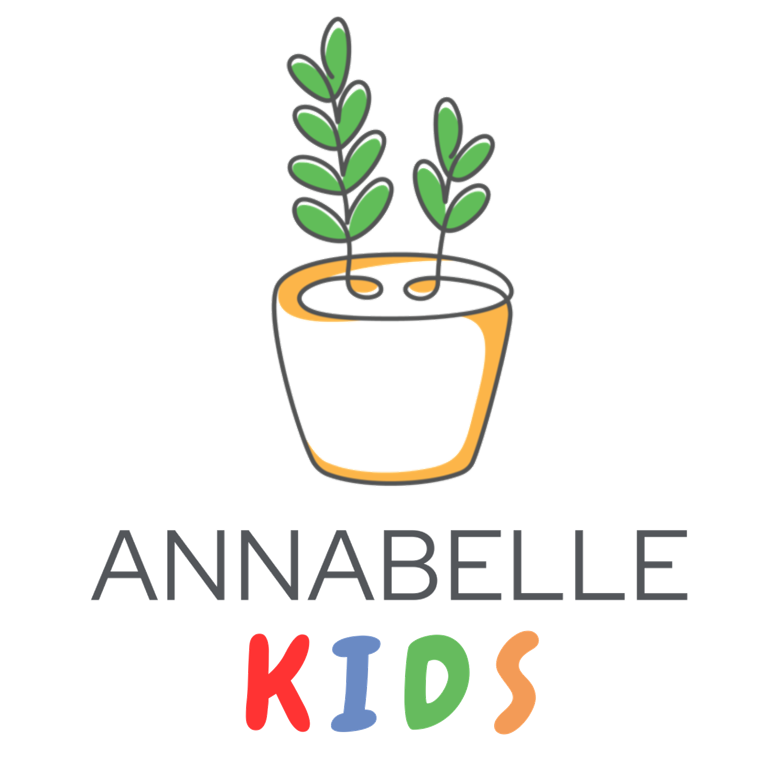Communication Disorders
Aphasia
What is aphasia?
Aphasia is a language disorder caused by damage to the brain area that controls speech and language comprehension.
The four main areas of language that are impacted are: speaking, reading, listening, and writing. Aphasia does not affect intelligence. Children with aphasia may have difficulty speaking and understanding speech depending on where the brain has been affected. Symptoms may vary between children - some may mix words, while others lose the ability to communicate verbally.
The most common cause of aphasia is stroke. Other causes include head injury, brain tumour, brain infection or progressive neurological disorders such as Alzheimer’s disease and dementia. It can occur in people of all ages.
Types of aphasia
Broadly, there are two types of aphasia: (i) expressive aphasia (aka non-fluent aphasia) and (ii) receptive/comprehensive aphasia (aka fluent speech).
(i) Expressive aphasia (aka non-fluent aphasia)
Expressive aphasia is a type of aphasia where the child experiences difficulty in recalling words. The most common type of expressive aphasia is Broca’s aphasia. It is a result of damage to the front portion of the language-dominant side of the brain (i.e. frontal lobe of the brain). Some symptoms include:
Ψ Weakness or paralysis in right arm, leg, and face
Ψ Speaking in short but meaningful phrases
Ψ Often omitting grammatical words such as “is”, “and”, “the” (e.g., mum come hospital)
Ψ Slow and effortful speech
Ψ Understanding speech and knowing what they want to say
Ψ May be able to read
(ii) Receptive aphasia (aka fluent aphasia)
Receptive aphasia is another type of aphasia where the child experiences difficulty in understanding what they hear or read. Wernicke’s aphasia is a common type of receptive aphasia. It is a result of damage to the side portion of the language-dominant side of the brain (i.e. temporal lobe of the brain). Some symptoms include:
Ψ Speaking in long and complete sentences that have no meaning
Ψ Adding unnecessary words or create new words in speech
Ψ Having difficulty understanding speech and written text
Ψ Being unaware of their spoken errors
Another type of aphasia, global aphasia, results from damage to extensive parts of the brain that is responsible for language processing and production. People with global aphasia experience severe communication difficulties, with little ability to speak or comprehend language.
Impact on daily functioning
Aphasia can greatly affect a child or an adult, and their family’s everyday life. It would restrict the person’s independence and learning which can cause much frustration. Some difficulties that a child or adult with aphasia may face include:
Ψ Engage in conversations with family and friends
Ψ Convey their thoughts and emotions in a way that could be understood by others
Ψ Understand and follow spoken and written instructions (“not listening”)
Ψ Remember content
Ψ Find the right words
Ψ Concentrate in school during speeches and story-telling
Ψ Complete written or oral assignments
Ψ Understand social communication like jokes, sarcasm and figure of speech
Ψ Perform disruptive behaviour which may arise due to social isolation, frustration, and/or lack of confidence
Interventions for Aphasia
Speech and language therapy is the main type of intervention for individuals with aphasia. Depending on the age and severity of symptoms, a person with aphasia can regain some speech and language skills over time though some continue to have communication deficits. The management plan is always individualised to the person’s abilities, needs, and goals.
Speech and language therapy primarily aims to:
Ψ Help restore as much of the person’s ability to communicate as possible
E.g., word finding skills, listening and comprehension, grammar and sentence structure
Ψ Develop alternative methods of communication
E.g., gesturing, writing, drawing, communication charts and aids
Ψ Educate patients and their family members about aphasia
Specific intervention plans will vary, based on each individual’s unique language profile and communication needs. The ultimate goals is to maximise quality of life and communication success using approaches that best meets the needs of the individual.
Supporting a child or adult with aphasia
Besides seeking professional help, it is important for family members to learn ways to best support their loved ones in this often frustrating journey. Some suggestions include:
Ψ Engage in different activities (e.g., art and crafts, outdoor play, board games).
Ψ Maintain a natural conversation and involving the individual
Ψ Minimize distractions, such as a radio or TV during conversations
Ψ Simplify language by using short and simple sentences.
Ψ Encourage all types of communication (e.g., speech, gesture, pointing, drawing).
Ψ Prioritise communication intent and avoid correcting the language all the time
Ψ Signal a change in topic during conversations
Ψ Allow the individual plenty of time to express themselves and resist the urge to finish their sentences.
Ψ Provide a hint when the individual appears stuck (e.g., providing the sound of the first letter of the word) during a structured activity.
Ψ Ask close-ended questions instead of open-ended questions (e.g., yes/no questions).
Ψ Clarify when necessary. Do not pretend that you understand when you do not.

